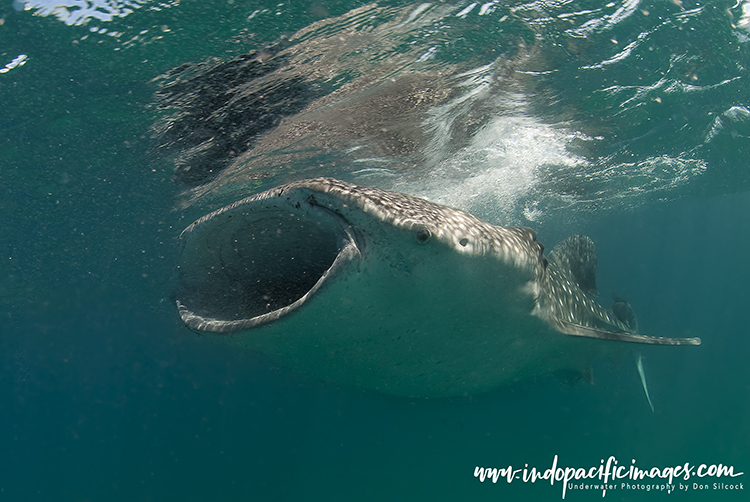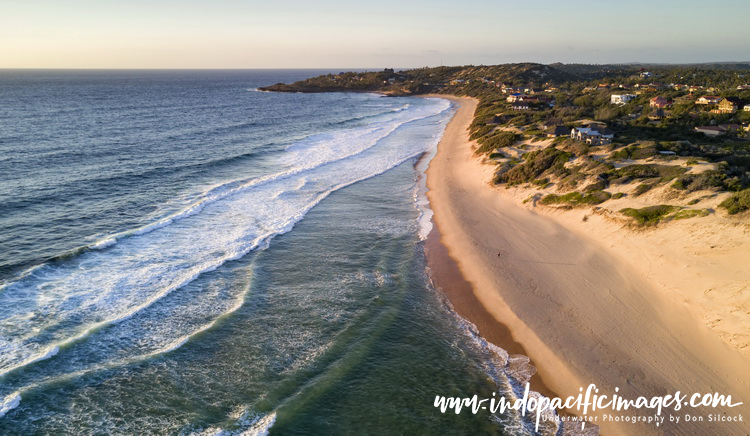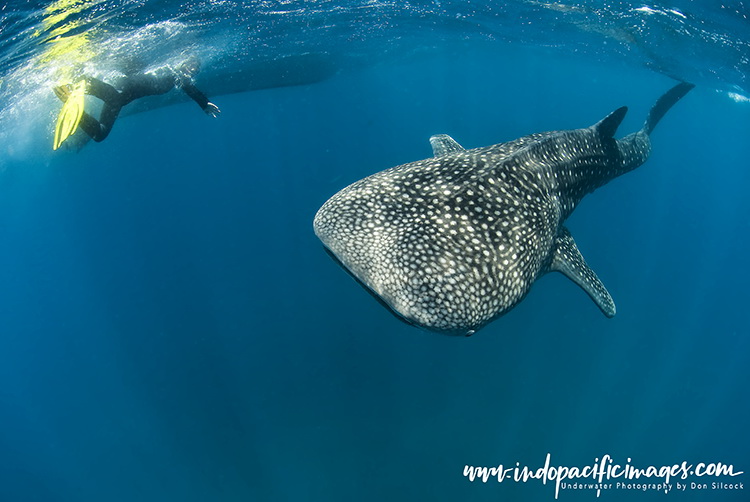Tofo Whale Sharks – The biggest fish in the sea are almost a fixture in the Tofo area. Drawn as they are by the seemingly constant availability of zooplankton – their principal food source.

By the time they reach full maturity at about 30 years old, whale sharks reach can 18m in length and 34 tons in weight. But these leviathans of the sea are rarely if ever seen in the Tofo area. Instead the region appears to be a critical one for juveniles in the range from 5-10m.
The year-round availability of zooplankton in the area around Tofo is a major factor. In the human world, it’s a bit like feeding teenagers and the eternal fridge that is always full… So instead of having to search for the zooplankton. The juvenile Tofo whale sharks can rely on the constant availability of food at a key stage of their growth.
Tofo Whale Sharks – Global Migration
Whale sharks are solitary oceanic creatures and little is known about their overall migration patterns. They do however seem to be hard-wired to know where and when to aggregate for significant feeding events. Such as the coral spawning at Ningaloo Reef in Western Australia. Or the incredible tuna spawning that occurs north of Isla Mujeres in Mexico.

Tofo’s Marine Mega Fauna Foundation has identified over 600+ individual whale sharks using the I3S methodology. And of those animals, about 70% are known to be transient – never being seen again in the Tofo area.
That information, together with the size of the Tofo whale sharks, is why the Tofo corridor is believed to be a very important transit and feeding area.
Tofo Whale Sharks – Safaris…
Whale sharks are a true shark, but they act a bit like a whale. Spending a great deal of time at the surface where they cruise along in search for their sole source of sustenance – plankton.
While underwater sightings do occur in the Tofo area. By far the easiest way to interact with them is on a whale shark “safari”.
The safaris are conducted in the afternoons. After most of the scuba diving for the day is over and the rigid inflatable boats (RIB’s) are available.
The interaction is done by crew of the the RIB’s searching the area just to the south of Tofo. Whales sharks are often seen in this area, both feeding on plankton and just cruising along.

Tofo Whale Sharks – Code of Conduct
Once a shark has been spotted the people on the safari get their fins, masks and snorkels ready. The RIB is positioned ahead of the approaching shark as per the Code of Conduct developed jointly between the dive operators and the Marine Megafauna Foundation.

The overall objective is to minimize the impact on the whale sharks. Whilst providing the best opportunity for those on the safari to see the magnificent creatures as close as possible.
Experience has shown that if the boat gets too close to the whale shark it will resort to its standard defensive mechanism. Known as “banking” turns its back towards the threat, using the 150mm thick hide to protect itself while diving out of the way.
The Code of Conduct calls for the RIB’s to cut their engines and when the shark is about 20m away. The snorkellers are then given the signal to quietly enter the water and wait for the star of the show!
No touching is allowed and the whale sharks do not seem to be at all bothered by the presence of the snorkellers and simply keep on cruising in search of plankton.
Back To: The Complete Guide to Diving Tofo
